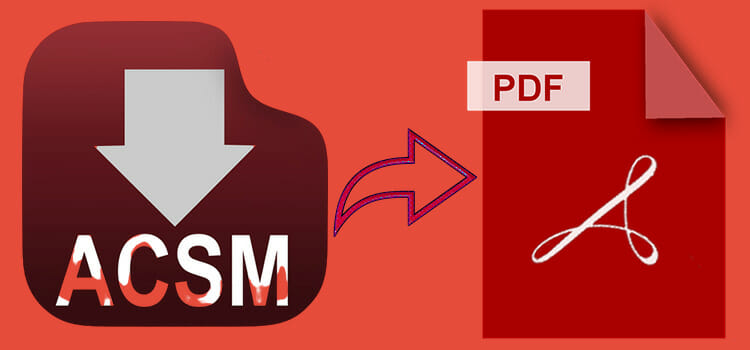How Does Cross-Connect Work
While connectivity remains a pivotal aspect of networking and IT infrastructure, it can be very daunting to understand the different kinds of available connectivity solutions, and it can get even more difficult to decide upon a particular solution that best suits your digital organization.
Suppose you’re an organization looking to upgrade your infrastructure to improve reliability and security or simply trying to stimulate greater networking performances. In that case, you’ll likely come across the concept of Cross Connect within data center facilities. Cross Connection is one of these numerous connectivity solutions.
Its interesting design and logic create significant implications for businesses looking for low-latency and high performance in their data centers. This article will explore what exactly a Cross Connection is and how it works within data center facilities.

What is a Cross Connection
A Cross Connection essentially refers to physical or virtual cables connecting separate units of the facilities within a data center. While these are usually physical, there are instances of Virtual Cross Connection services in Networking, i.e., the Beeks Cross Connects. These lines provide direct access between the data center and the provider, thereby avoiding the mediation by the public internet or a vendor, consequently increasing network performance through private and direct access.
Benefits of Cross Connection
This connectivity solution aims to provide a diverse networking experience for users through a direct point-to-point connection between different components of the hardware. It reduces latency, increases performance and reliability, and helps give more control to the users.
Trading Companies, Cloud Providers, and other business organizations may use hundreds of cross-connections to ensure that as many trades take place as possible, connect ISPs in places of proximity (such as a single building), and take advantage of pricing and redundancy.
How it Works
Cross Connections form a link between a carrier or an ISP to a customer or rack to provide a service. The basic idea is that it doesn’t go through any other network switches or public internet suppliers, thereby avoiding extra latency and ensuring smooth connections. This helps reduce bandwidth and reduces the number of hops between carriers.
While most Cross Connections come in copper wires, the Beeks Cross Connects provides fiber wires which allow faster private connections and lower latency. In addition to this, no valuable data is transferred to the public network.
Hence, it is much more secure to transfer data since sensitive data remains behind a private network until it is accessed. The Cross Connection also has greater reliability since it reduces the potential for failure by accounting for only the strong Network points. Through a direct link between the Datacenter and the provider, complications that may arise through the use of a vendor can be bypassed.
Conclusion
A Cross Connection is a connectivity solution favored by several business organizations and owners that value speed and lower latency to increase customer service and accommodate traffic. Cross Connections provide these services through their direct link between the data center and carrier to the customer.
This connectivity solution cements itself as one of the backbones of digital business and enterprise growth through this feature. In addition to this, a Cross Connection guarantees greater reliability and security for the user due to the features mentioned above.
Subscribe to our newsletter
& plug into
the world of technology





